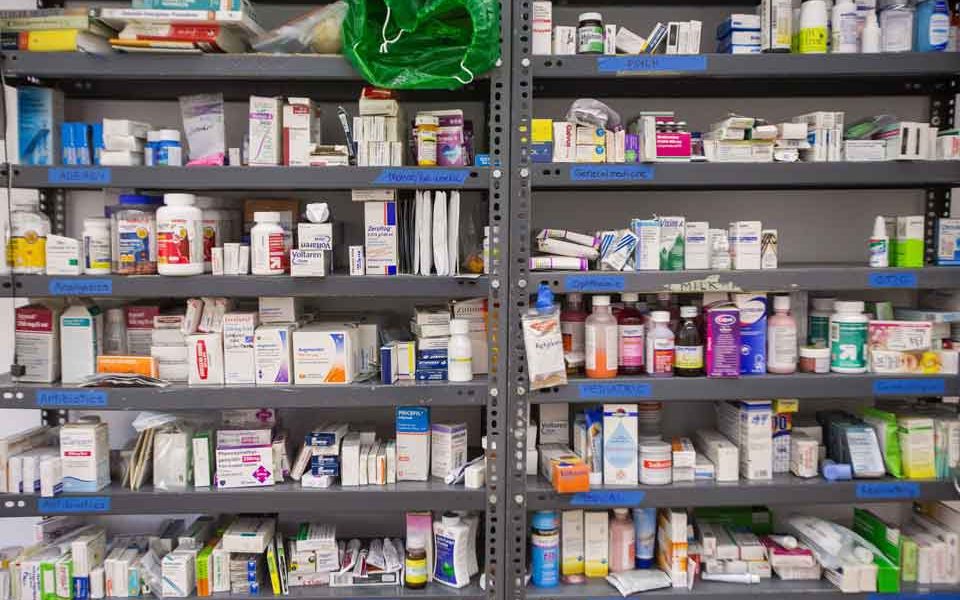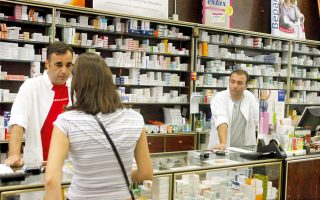Clawback to rise 41 pct this year

Pharmaceutical companies are set for a far greater burden this year due to the size of the dreaded “clawback” – i.e. the cash they will have to return to the state – according to projections by the National Organization for the Provision of Healthcare Services (EOPYY).
The main reasons for the projected increase in the dues, expected to top 40 percent year-on-year, are the rise in the number of uninsured patients, higher expenditure on vaccines and the continuing excess of prescriptions.
EOPYY estimates, which concur with those of the industry, put the clawback dues in the second half of the year at 60 percent above those during the same period last year, at about 450 million euros, against 281 million in 2018. Therefore sector representatives expect this year’s clawback to total 810 million euros, up 41 percent from last year’s 572 million euros, after coming to 360 million in the January-June 2019 period.
The clawback measure was imposed by the country’s creditors in 2012 and will remain in force up to 2022. It is activated every time the state spends more on pharmaceutical products than the limit set for the whole year, and forces the companies to return the difference according to their market share.
Pharmaceutical expenditure on uninsured patients is expected to climb to 300 million euros this year, from 220 million in 2018. Market professionals say the increase in uninsured patients is due to a clause passed by the previous government in March that allows private doctors to prescribe drugs to those patients, which combined with prescriptions that have spiraled out of control have resulted in the state spending far more than planned. On top of that, demand for vaccines has come to 2.7 million, against 2.2 million last year, according to estimates.
Market insiders, mostly from the multinationals, are also reacting to a new clause the government is said to have under wraps, regarding the breakdown of the clawback by 25 percent to on-patent drugs and 75 percent to off-patent and generic ones.





